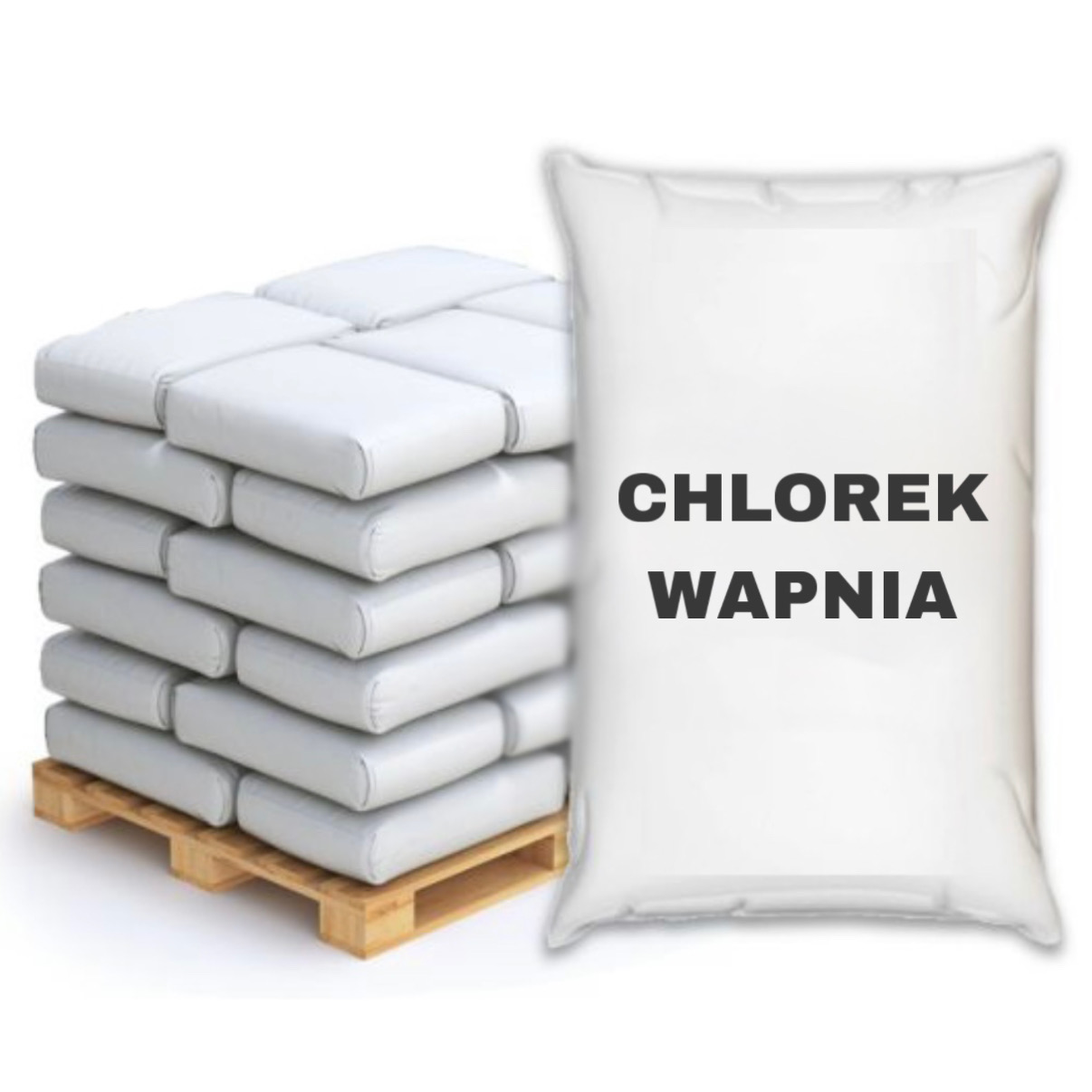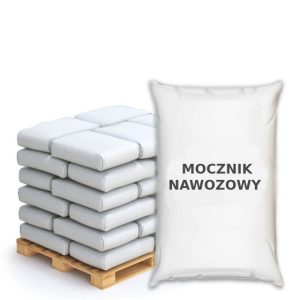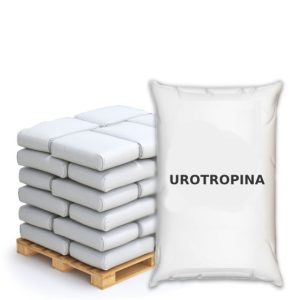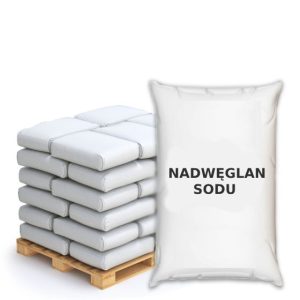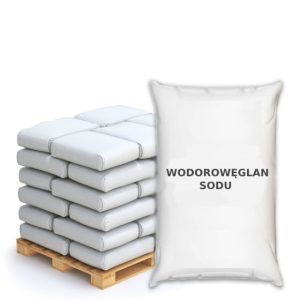Description
Molar mass: 110.98 g/mol
Calcium chloride in solid form is a high-quality inorganic compound with high chemical purity and stable physicochemical properties. The product is highly hygroscopic, effectively binding moisture from the environment, while its exothermic reaction with water allows its use in processes requiring an increase in the temperature of the medium. Thanks to these properties, it is widely applied in various technical and industrial processes.
It is distinguished by a very low content of impurities such as magnesium, other chlorides, or iron. The product is available in the form of white granules or flakes sized 1–5 mm, ensuring convenient dosing, storage, and transport.
Solid CaCl₂ is available in food grade – meeting purity requirements for food contact, and in technical grade – intended for industrial applications.
MARKET
Calcium chloride has a wide range of applications in many industrial sectors, and its main producers are countries with a well-developed chemical industry and easy access to limestone raw materials. The global leaders in the calcium chloride market are China, the United States, and the European Union countries. India and Canada also play an important role. In Europe, the largest producers and exporters of calcium chloride solutions are Germany, the Netherlands, and Poland. Norway is also significant, where calcium chloride is obtained as a by-product of the petrochemical industry.
In Poland, technical calcium chloride is mainly used for de-icing roads and sidewalks, as well as a hygroscopic agent in various industrial sectors. Food-grade calcium chloride (E509) in Poland is applied in cheese-making, vegetable preserves, and as an acidity regulator and calcium source in dietary supplements.
APPLICATIONS
Solid calcium chloride is widely used in both food-grade and technical-grade versions.
In the food industry, it is primarily used in cheese-making, where it supports the coagulation of milk. It is also applied in the production of beer, beverages, and mineral waters by regulating mineral content. Additionally, it is added to fresh fruit, pickled and canned vegetables to increase firmness and shelf life, and it is used in the production of calcium tartrate.
In technical applications, calcium chloride is used in many industries: for water treatment, moisture removal, accelerating concrete setting, and for producing brines in the oil industry. It is also applied in the paper industry to improve printability, in alginate production as a thickening agent, and in breaking emulsions in processes related to latex and plastics.
PRECAUTIONARY MEASURES
| Category | Description |
| General remarks | Do not leave the affected person unattended. Ensure rest and warmth. If symptoms persist, seek medical advice. Never give anything by mouth to an unconscious person. |
| After inhalation | Move the affected person to fresh air and ensure conditions for free breathing. If symptoms persist, consult a doctor. |
| After skin contact | Remove contaminated clothing. Rinse skin with plenty of water. If irritation occurs, consult a doctor. Wash contaminated clothing before reuse. |
| After eye contact | Remove contact lenses if present and easy to do. Rinse eyes with clean water for at least 10 minutes, keeping eyelids open. Immediately consult an ophthalmologist. |
| After ingestion | Do not induce vomiting. Rinse mouth with water and give plenty of water to drink (at least 300 ml) if the person is conscious. If symptoms occur, consult a doctor. |
| Notes for medical assistance and special treatment | Symptomatic treatment. The product may cause irritation of the esophagus and respiratory tract. The affected person should be monitored after oral exposure. |
HAZARD AND PRECAUTIONARY CODES
H319: Causes serious eye irritation.
P280: Wear protective gloves/protective clothing/eye protection/face protection.
P305 + P351: IF IN EYES: Rinse cautiously with water for several minutes.
P337 + P313: If eye irritation persists: Get medical advice/attention.

